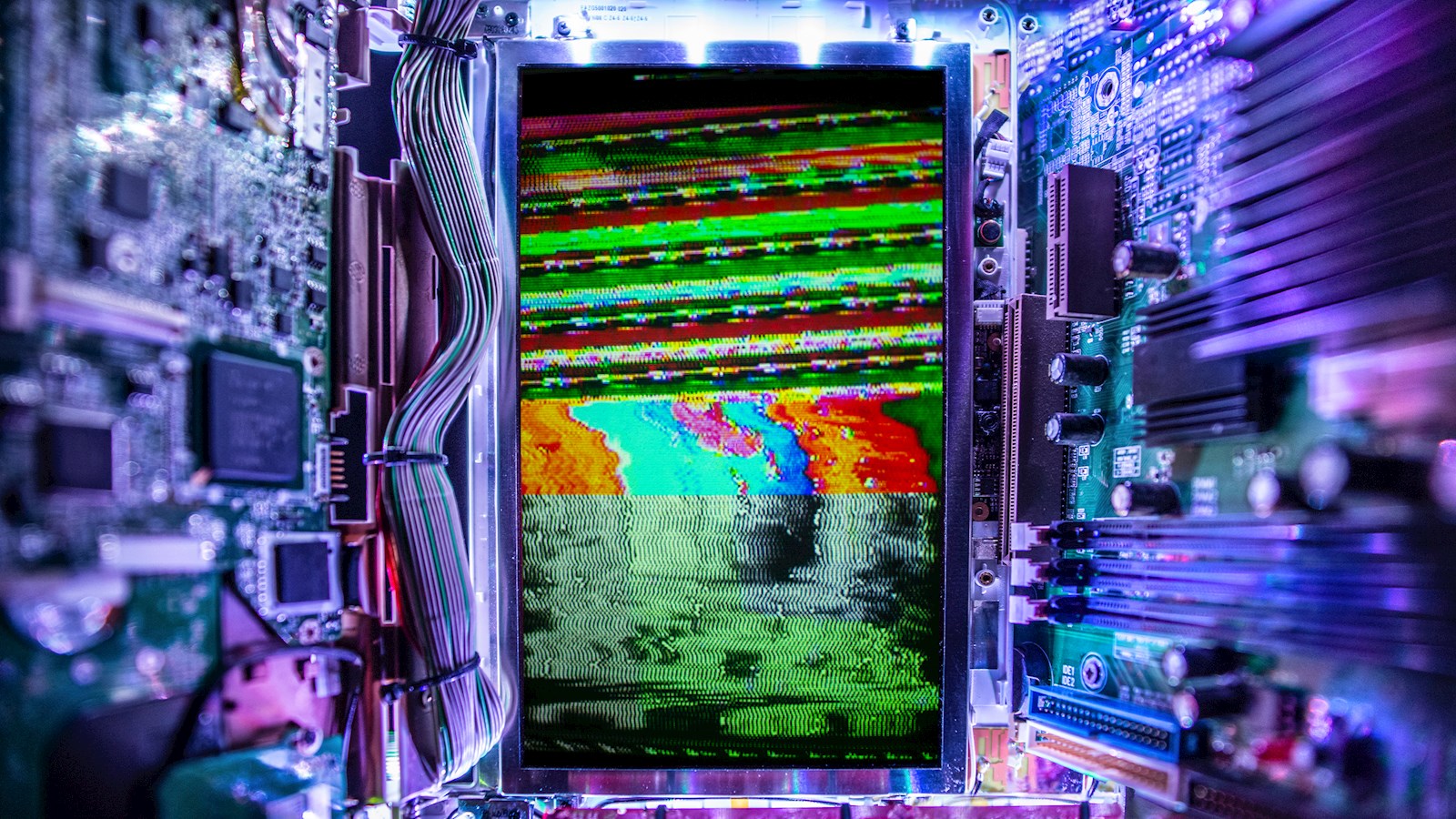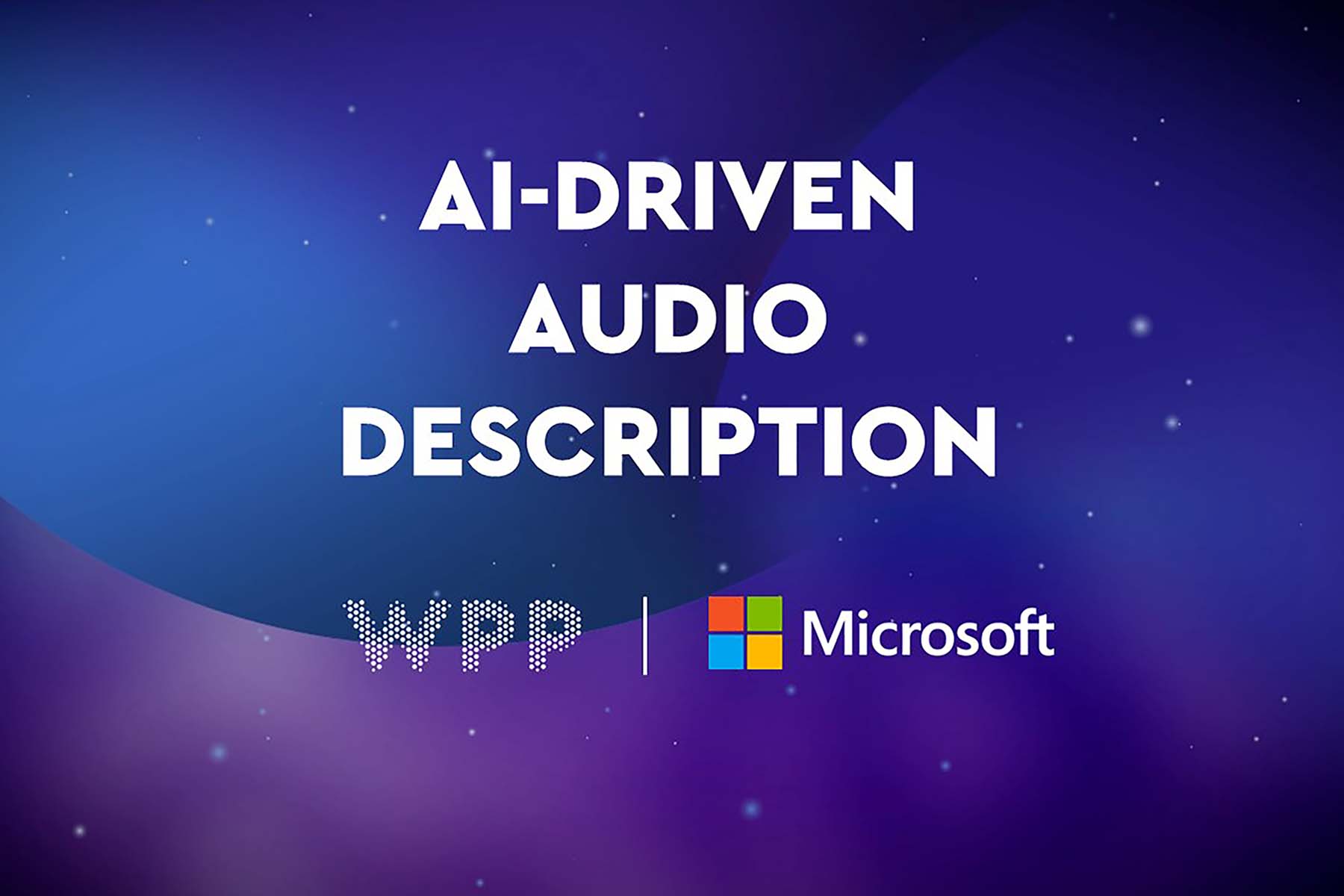
What does the NFT revolution mean for brands?
Non-fungible tokens (NFTs) are creating an abundance of intellectual properties that are essential for winning in the post-modern creator economy
In the last year, the wide-reaching potential of NFTs (non-fungible tokens) has captured the public’s imagination.
Among the most famous examples is a Beeple artwork auctioned by Christies, which sold for an incredible $69 million. The price made Beeple the most valuable living artist at auction after Jeff Koons and David Hockney. And it doesn’t end there. A dizzying array of digital files have been minted into NFTs and auctioned off for hundreds, thousands, even millions of dollars.
NFTs may seem like a fad, but with the value of NFTs rising to a massive $14.3 billion, up from around $340 million in 2021/2020, the numbers suggest this emerging technology isn't going away anytime soon. Analysts expect the value to double next year and approach $80 billion by 2025.
Paying for digital-only content may feel unfamiliar to some. A decade ago this behaviour was niche. But the evolution of spending within video games points to a burgeoning, verging on mainstream acceptance of the concept. A recent survey found 24% of gamers spend an average of almost $200 per year on in-game content. Take Fortnite, for example. Last year, its maker booked millions of dollars in revenue from purchases of limited-edition “skins” and “battle packs” that allow players to customise their avatars.
In the past, it’s been difficult for brands to tap into the obvious opportunity digital goods offer because online content flows so freely. It can be easily copied, replicated, shared and distributed. Until now. Since each NFT is unique, they bring verifiable scarcity and ownership to online assets that cannot be manipulated, offering the attributes that endow physical assets with value into the digital realm.
Creating scarcity out of both new creations and archival assets is valuable for brands competing for customers on a digital playing field. But NFTs are more than digital ‘deeds’. When linked with physical assets, they have the potential to create mixed-reality experiences for consumers.
Nike, for example, reportedly filed several new patents indicating its intent to make and sell virtual Nike-branded sneakers and apparel. The company is also awaiting a patent for “Cryptokicks”, an NFT that will allow users to ‘breed’ different shoes to create custom sneakers that may then be manufactured in the real world. This blurs the lines between physical and virtual worlds while capitalising on the monetisation opportunities in both.
More generally, NFTs allow for better monetisation. Platforms are currently where creators get paid for their content, but NFTs could drastically change this. A new distribution model of media ownership is now available, allowing creators of digital assets to directly profit from their own work. Take Lindsay Lohan’s Lightning NFT. It was initially purchased for the equivalent of $27,2021, then re-sold at $89,472 an hour later. In most NFT marketplaces, the creator receives a royalty from each transaction. In this case, Lohan made a sizable donation to “charities that accept Bitcoin”.
The more popular an NFT is, the higher the demand and willingness to bid to claim ownership. In the world of NFTs, the original asset accrues popularity and value based on how often that creation is experienced, circulated or remixed. An example of this is the Doge meme NFT. Despite the image being available for anyone to download online, the NFT sold for a massive $4 million. In September, it was announced the new owner plans to auction off the NFT by dividing it into 17 billion pieces so that many more members of the public can own a small piece of it.
There’s great potential for recurring royalties with branded NFTs. A component is embedded in the digital code of each minted NFT, allowing brands to set the expected royalty rate for resale. Brands will benefit from recurring transactions each time one of their NFTs is sold — plus, they’ll instantly know to whom it’s been sold and for how much.
Moreover, since blockchains can be programmed, NFTs can be equipped with features that allow them to grow in functionality over time or to provide direct utility to their holders. NFTs can thus serve as membership cards or tickets, providing access to exclusive events, merchandise and discounts. The company can even send additional products directly to the owner of a given token. All of this provides NFT holders with value above and beyond simple ownership, while offering creators a way to build a highly engaged community around their brands.
Online games, chat rooms and merchandise stores could require that you have a specific NFT. As a result, owning an NFT effectively makes you an investor, a member of a club, a shareholder of a brand and part of a loyalty programme. Bored Ape, for example, has become one of the more compelling NFT projects. Owners of the NFTs become members of the Bored Ape Yacht Club, an exclusive online community offering additional benefits and perks.
NFTs reduce friction in transactions, offer greater security through transparency and decentralisation, and offer a higher level of customisation for digital products and services. So, why aren’t they more widely used?
With the technology has also come controversy, the most pressing concern being the massive carbon footprint they generate. For example, artist Beeple admitted it costs about $5,000 to offset the emissions from one of his collections.
Environmental concerns have proven to be a massive hindrance to many brands looking to innovate in the space. There’s a plan to shift to a less carbon-intensive form of security, called proof-of-stake, via a blueprint called Ethereum 2.0. Still, until then, brands with a sustainability platform using NFTs will draw scrutiny and risk reputational damage. And there will still be consumers who refuse to participate in a system that they think is inherently harmful – immediately alienating consumer groups.
If the sustainability issue is resolved, the rewards for brands will be substantial. The biggest draw being that NFTs are the lifeblood of virtual worlds or the metaverse.
published on
17 January 2022
Category
More in Experience

Let’s add audio for visually impaired audiences
How to make advertising more accessible for visually impaired audiences

The Future 100: wellbeing, humanity, emotion and tech
This annual trend spotter – by WPP’s VML – gives us the context for the new normal for marketing in 2024.

Activating sports events – the ultimate balancing act
WPP Sports Practice takes a look at the art of timing for sports event activation

